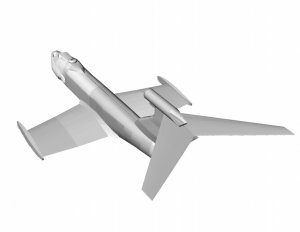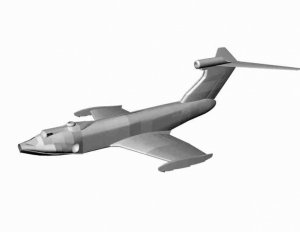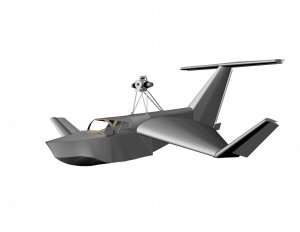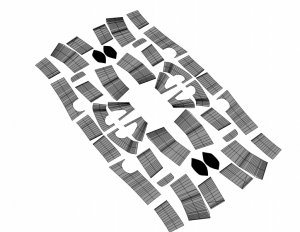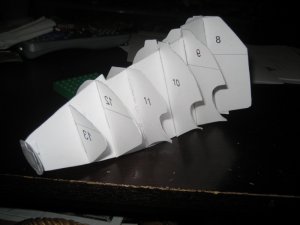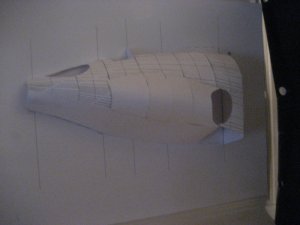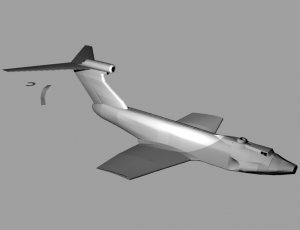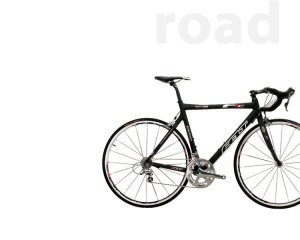I was disabled at work. I kept working though. By the time I had to stop, I had lost my benefits because by working, Proved that I was not disabled, though I had to stop, because i was disabled. I have had close $500,000 worth of surgery, and I can walked again. I am uninsurable, do not collect a dime from anyone, because, again, I kept working, so I couldn't be disabled right? Old story, mentally past it, physically living with it.
I am by necessity, the cheapest person I know. As I have been disenfranchised, I barter, work under the table when I can (welding lawn equipment, or making parts for "normal" people and generally scrape by. A number of business really tried to hire me but could not get insurance, worker's comp, or any other kind, and my doctors will not release me for liability reasons. If I work for 2 years straight, then I can try to claim Social Security again, which will of course be denied, because I would have just worked, and Social Security has me classified as being 100% disabled, officially. It is really complicated, spent many years in court and was handed a decision that most lawyers don't understand.
Got sidetracked, I have trouble riding a bicycle, so I figured I would try and buy a recumbent trike,until I looked at the price. So, I made one. In my prime, this would have been a weekend project, but it took me a month. I have attached a picture. Disc front brakes, rear suspension, air shock. Cruises easily at around 20 miles an hour. My own design. It is made out of .050" wall thickness exhaust pipe stock (mild steel). Canondale Bicycle Corporation donated to me around $3000 dollars worth of accessory components to help me with my projects. Very very nice of them! My recumbent bicycle only weighted 10 ounces more than their aluminum one, mine was steel! They were impressed, then handed me boxes of parts. I have attached a pic of the trike. 24 Speeds. Your arms are straight down and if the trike tips on a sharp turn, you automatically lean into the turn, pulling that side down,very functional. Still very hard on my lower Spine though, unfortunately. The Ackerman and castor and camber of the wheels was calculated out on Rhino4. The steering knuckles are extremely heavy duty Heim Joints and I machined aluminum hubs for the plastic wheels, pressed in road worth bearings and mounted the disc brakes to them. All parts were machined from square stock T6061 aluminum and the only ready made components are hardware, bicycle parts, such as derailleurs, chains, sprockets, etc.. Frame was fit using a tubing notcher and Mig welded by me. It also, (obviously, by it's Rue Goldberg appearance), designed using the "form follows function" methodology

Next project will be a Velomobile, with electric assist( actually, pedal assist, I plan to circumvent the law!).:twisted:


